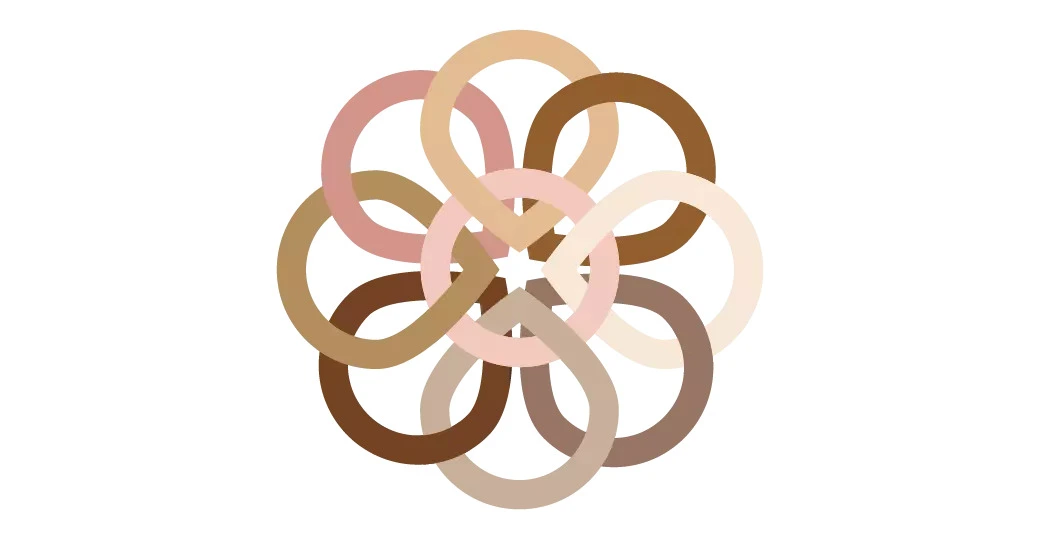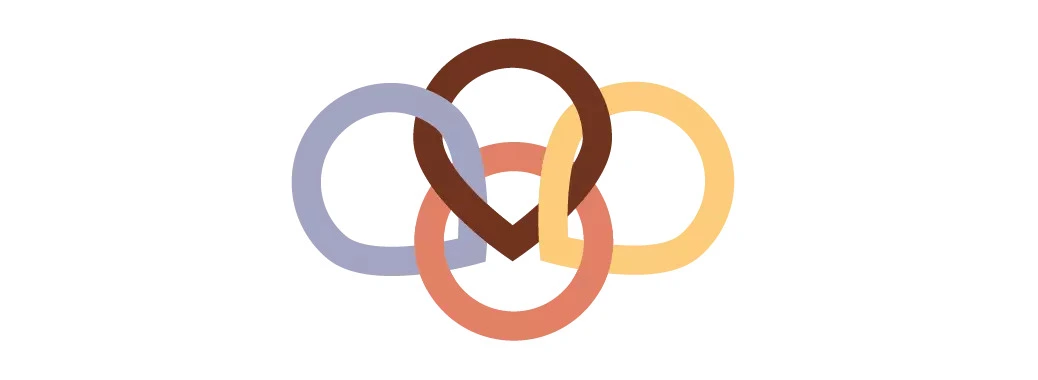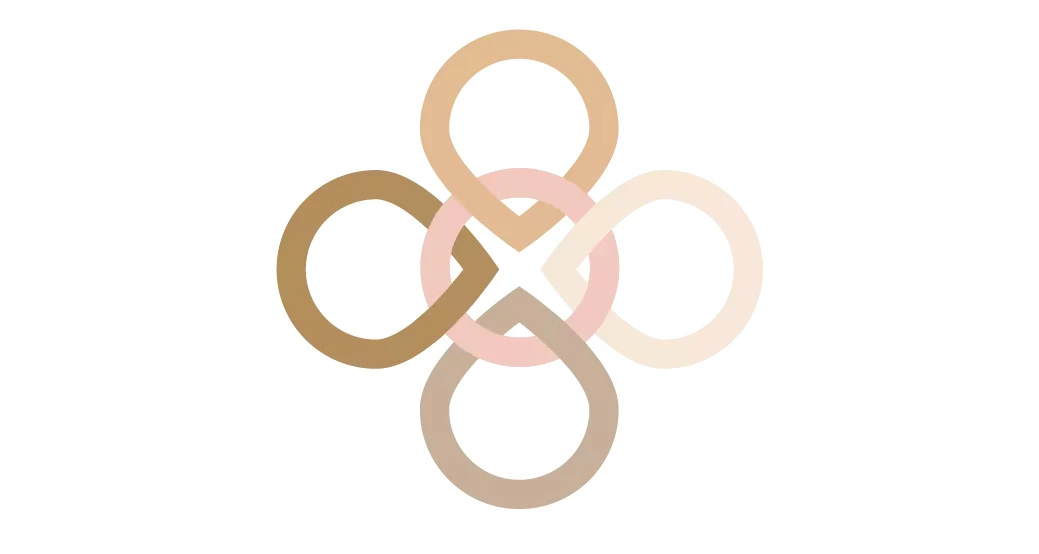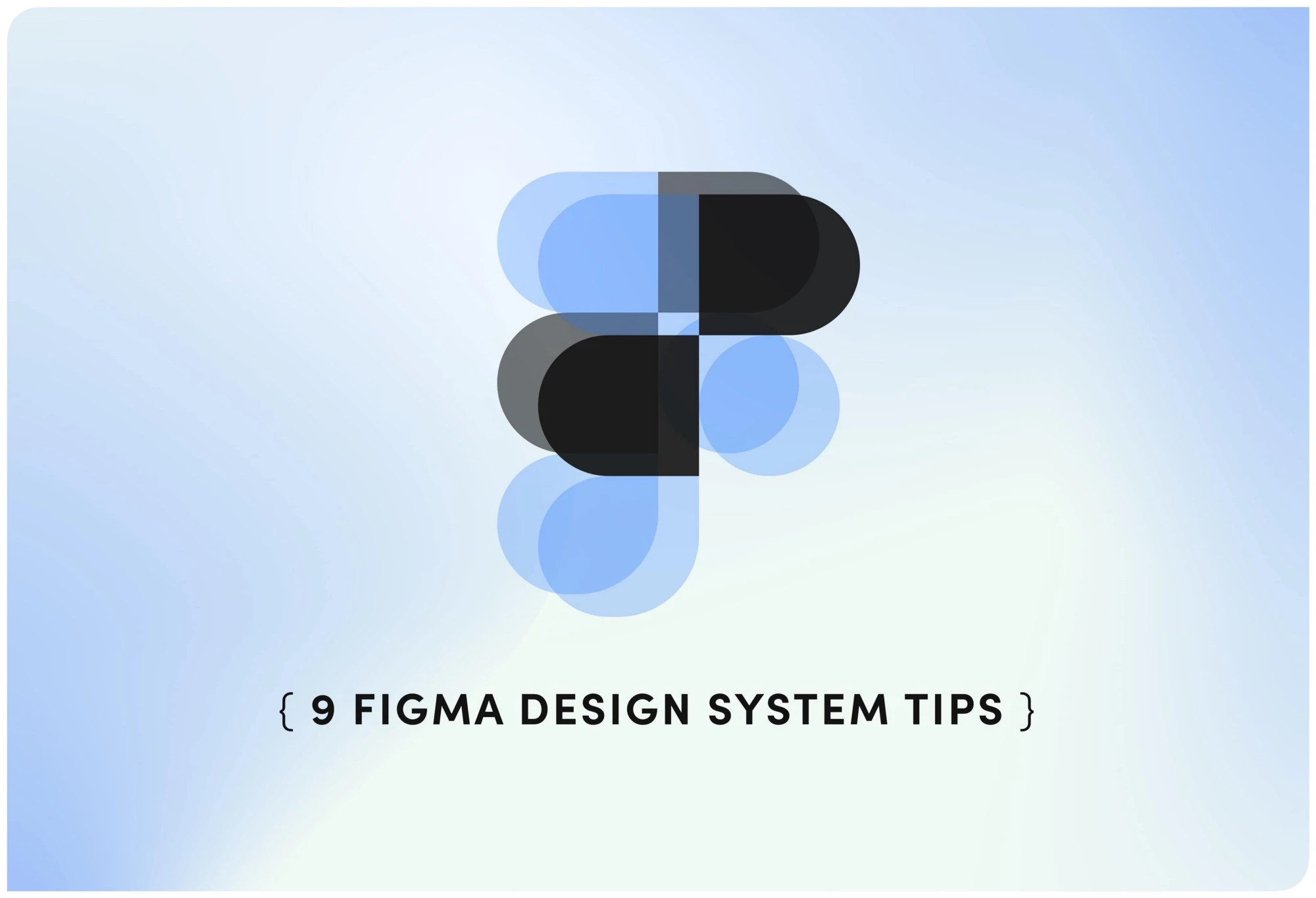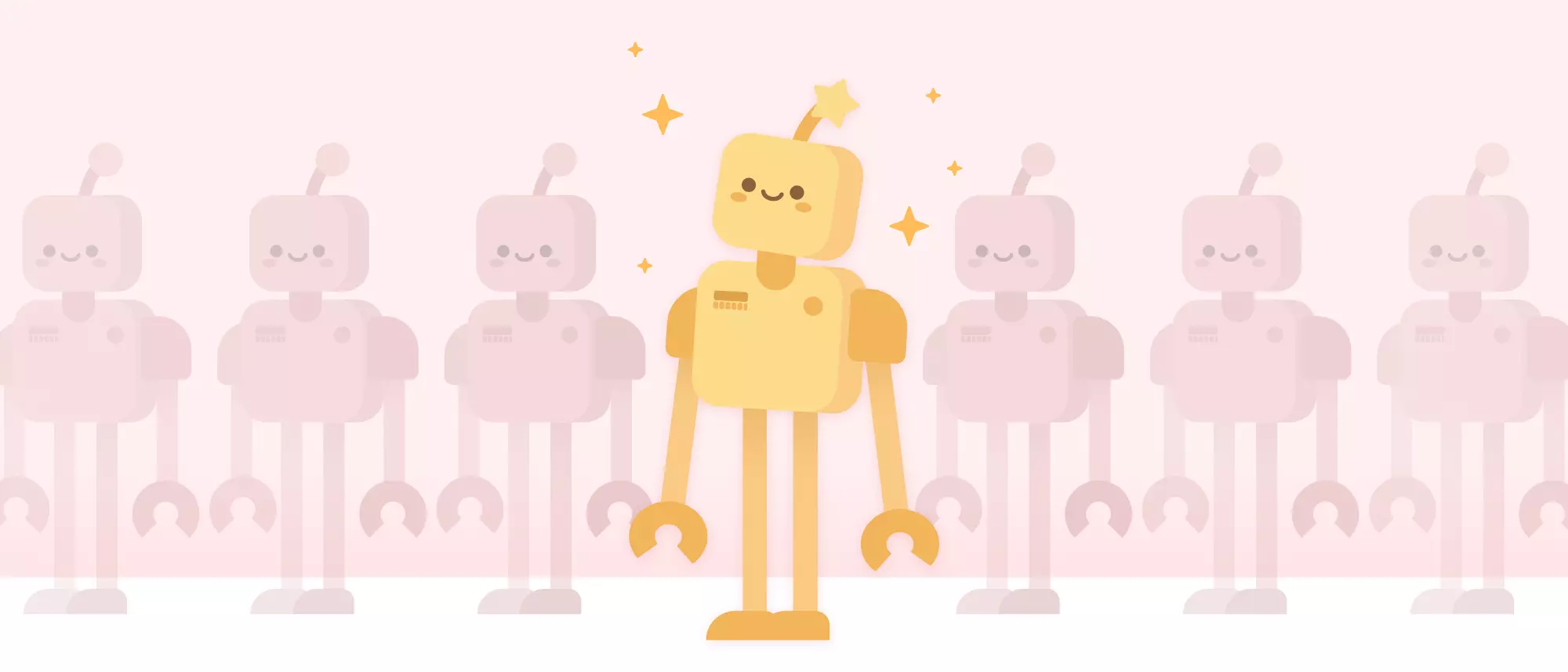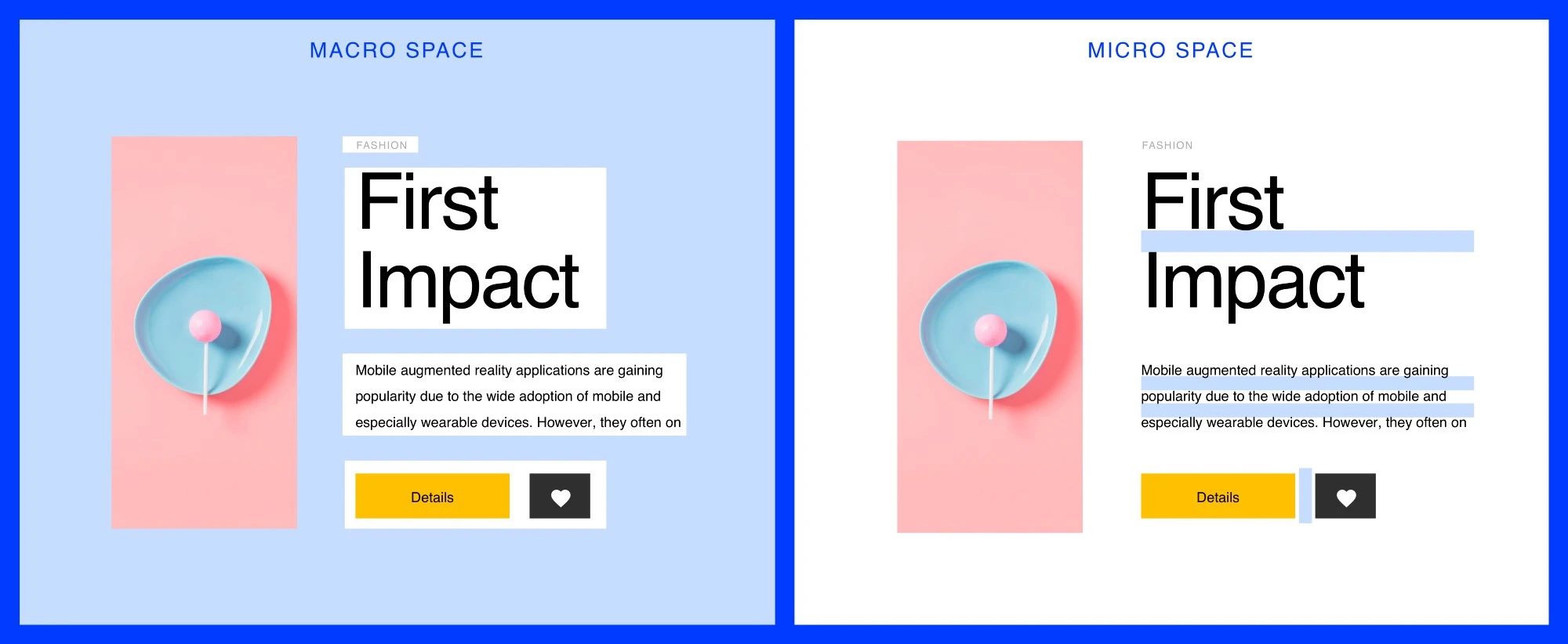Icon representing community and interconnectedness.
Designing for gender neutrality
How innovative thinking can define the visual future
To create in gender-neutral terms, designers need to look beyond the traditional ways of defining personas. Gender neutrality embodies the idea that society at large, in its policies, language, social structures, and behaviors needs to go beyond stereotyping according to types, identity, and gender roles.
Thus, a gender-neutral persona presents qualities which embrace community, inclusivity, and equality. Language is formulated to be non-gender specific, eliminating the assignment of title, for instance to a specific gender person. Rather, assignment of a title is given to a person, or any person, holding a particular title of distinction, such as chairperson, doctor, police officer, or artist. Gender specificity is no longer the nucleus of the message.
Complementary to language definitions, visual representations need to define an iconic approach to render immediately recognizable symbols connoting these gender-neutral concepts.
Creating icons representing a gender neutral message
The question arises: How can designers address gender neutrality which has been innovated upon and newly defined through language, but not as much through its visual counterpart?
Embracing a gender-fluid design
The Finnish NGO Kulttuuria kaikille, Culture for All, a cultural center which promotes inclusive and equitable activities delivered an innovative approach to declaring and inclusive access to restrooms and changing rooms. In 2017, the designer Pekka Piippo invented a symbol that represents a clear, all-inclusive gender icon that connotes access to restrooms and changing rooms to all persons at any time.
Figure 1
Figure 1: A unisex logo designed by Pekka Piippo in 2017. It includes both symbols for fe/male, fluid definitions and gender re-assignment or genderless people.
“Good signage gives people confidence that they are doing the right thing.” — Pekka Piippo
This icon is powerfully all-inclusive. In its design, it embeds the symbol of infinity, thus implying that this is the vision that guides the future.
Gender-equality symbolism
Equality across the gender gap has a different meaning from gender neutrality, yet it defines that primary rights and values apply to all people in society. Gender equality implies that such rights and values are bestowed in neutrality.
A well-recognized icon for gender equality has been in circulation for some time now, and is being referred to by many of the world’s leading institutions.
Figure 2
Figure 2: A ubiquitous symbol for gender equality, universally accepted to connote that equal rights and opportunities need to exist for all persons.
The United Nations defines gender equality as such:
Gender equality is not only a fundamental human right, but a necessary foundation for a peaceful, prosperous and sustainable world — The United Nations
Gender neutrality is invoked as a vision for a future global society
Much work still needs to get done to define the future expressions of gender neutrality. The designer’s challenge lies in combining the all-encompassing symbolisms of equality, community, society, shared values, peace and prosperity for all. No small feat.
Representing an iconic gender-neutral distinction
“I’m not the woman president of Harvard. I’m the president of Harvard.” — Drew Glipin Faust
Inspiration comes from people who can put into a few words what took centuries to define. Gender is transcended in the message or statement.
Figure 3
Figure 3: An icon designed to represent a title, a recognition, a distinction of office, regardless of gender identity, but acknowledging community and inclusiveness.
Holding an office of great distinction within society deserves a recognition that signifies the importance of the position. The person at the helm of an institution, organization, or public office is recognized for the enormous value and service they are providing to society at large.
Thus, we need to design to represent distinctions, not gender roles.
Designing for a spectral gender neutrality
“It’s time that we all see gender as a spectrum instead of two set of opposite ideals.” — Emma Watson
Expressing community through all its individual members can open up a new way to design for gender neutrality. Emphasis is given to a broad and expansive look and feel, such as a transitioning color values, shapes, sizes, or movements.
Figure 4
Figure 4: An gender icon inspired by community and inter-connectedness. The colors symbolize a spectrum of skin tones.
Seeing gender-neutrality as a spectrum of persons defines community and society as a whole. Conceptually, we design for togetherness, and not gender polarities.
The designer’s thinking needs to go into innovation as a whole, a new dimension in human definition.
A gender-free human creation
“A gender-equal society would be one where the word ‘gender’ does not exist: where everyone can be themselves.” — Gloria Steinem
A conceptual view of a society without polarizing gender identities is exactly the designer’s future challenge.
To move forward with such innovative thinking, designers need to help of great philosophers, psychologists, leaders and citizens to create visuals of unity. Every individual element helps to form the structure.
Figure 5
Figure 5: A symbol showing a community made of interlocking individuals. The color palette is inspired by a spectrum of skin colors. Gender exists within the individual.
Society is an every growing body. It moves into the future with all of us involved in its creation. Designers are at the forefront of visualizing such a future.
Conclusion
Much thought has been given by many thinkers, defining gender as inclusive, communal, equal, and interconnected.
Language definition has stepped up to create a neutral vocabulary to defining persons, such as doctor, chairperson, actor.
The designer’s challenge has only just started. Much visual ground still needs to get covered to represent the contemporary thinking about gender.
The designer’s true challenge lies indefining the future. Create with this in mind.
